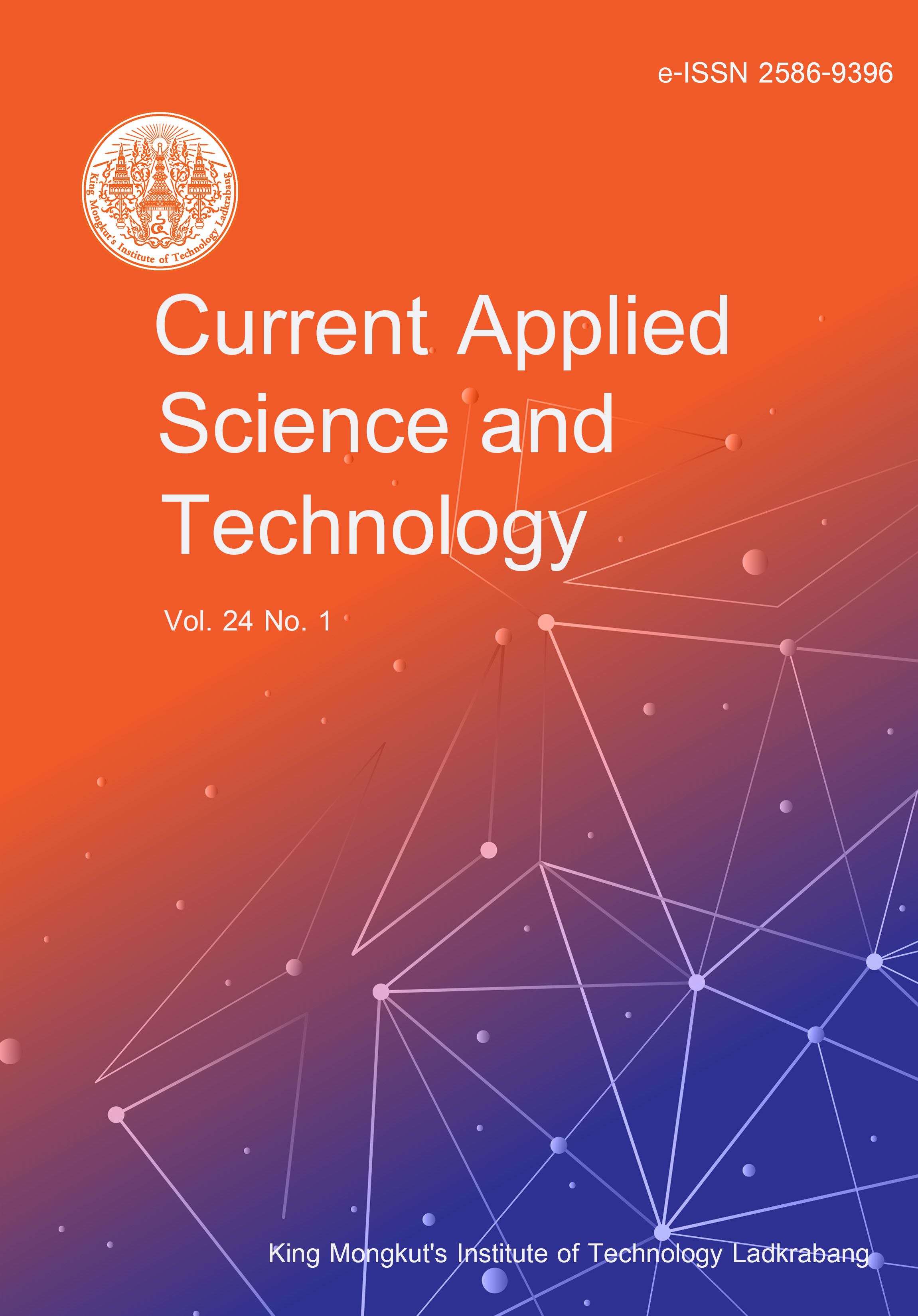Relay cropping is a method that increases total productivity through maximum utilization of resources. In this study, we planned a field experiment, which was conducted at the Regional Agricultural Research Station, Ishwardi, Pabna during 2016-2017 and 2017-2018 to find out the most suitable way of relaying mukhikachu (MU) with hybrid maize to get the maximum benefit. Seven treatments: T1= Relay at silking stage (100 DAS), T2 = Relay at the blister stage (110 DAS), T3 = Relay at the milk stage (120 DAS), T4 = Relay at the dough stage (130 DAS), T5 = Relay at the dent stage (140 DAS), T6 = Sole hybrid maize, T7 = Sole mukhikachu, were compared in the study. It was found that among the treatments (relay cropping and sole stand), there was no significant difference in terms of yield and attributes of both base (maize) and relay crop (mukhikachu). In the entire treatment, maize yielded 10.54-11.30 t ha-1 with results of 3.28-3.66 MJ m-2day-1 light energy interception (120 DAS), 2.68-2.84 LAI (120 DAS) and 1534.63-1592.69 g m-2 TDM (140DAS). The mukhikachu yielded 26.88-27.28 t ha-1 among the relay cropping system. Maize equivalent yield (MEY) and BCR ranged from 28.48-29.18 t ha-1 and 2.33-2.39, respectively, amongst the relay cropping treatments. The land equivalent ratio (LER) of the relay cropping treatment produced almost double (1.934-1.996) that of the sole crops. Farmers can benefit by adopting this relay cropping technology when they grow long-duration crops, and this technology can lead to improved system productivity.
Islam, M. R. ., Hossain, J. ., Alam, M. undefined. A. ., Islam, M. undefined. S. ., Rahman, M. M. undefined. ., Laing, A. undefined. M. ., & Hossain, A. . (2023). Growth, Productivity, Competitive Ratio, Maize Equivalent Yield, Land Equivalent Ratio, and Profitability of Hybrid Maize as Influenced by Relay Cropping with Mukhikachu (Colocasia esculenta Schott.) during Rabi Season. CURRENT APPLIED SCIENCE AND TECHNOLOGY, e0256415. https://doi.org/10.55003/cast.2023.256415

